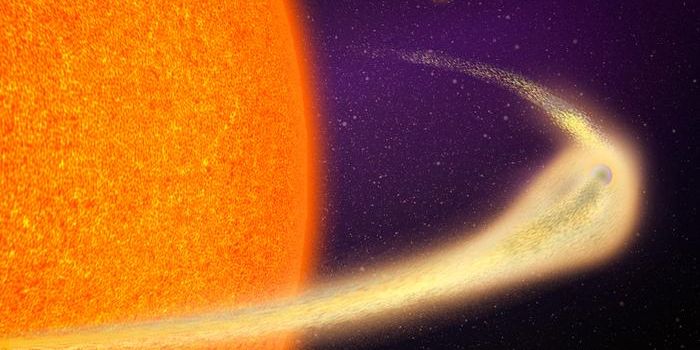New Study Assesses Key Indicators of Arctic Climate Change
A study recently published in Environmental Research Letters revealed increasing air temperatures—closely followed by precipitation—may be the key driver of climate change in physical and biological Arctic systems. Researchers assessed Arctic observational records from 1971 to 2017 to demonstrate how climate change is altering Arctic systems using nine key indicators. This study is the first to combine several key indicators into one assessment, as they are typically individually examined.
John Walsh, co-author and chief scientist for the University of Alaska Fairbanks International Arctic Research Center, describes climate indicators are “key pieces of information that capture the essence of a system.” The nine indicators assessed in this study were: air temperature, permafrost, hydroclimatology, snow cover, sea ice, land ice, wildfires, tundra and terrestrial ecosystems, and carbon cycling. The video below summarizes the study’s findings:
Arctic warming is linked to every other key indicator. The study reports that the annual Arctic air temperature from 1971 to 2017 increased 2.7 degrees Celsius at 2.4 times the rate of the Northern Hemisphere average. According to lead author Jason Box, of the Geological Survey of Denmark and Greenland, “several of the climate indicators exhibit a statistical correlation with air temperature or precipitation. This reinforces the notion that increasing air temperatures and precipitation are drivers of major change in the Arctic system.”
The results of this study suggest that the Arctic is heading beyond the point of no return and will look much different to future generations due to the cascading effects of these key indicators. Condensed flowering and pollination periods, which lead to a timing mismatch between plant flowering and pollination are an example of the several cascading effects identified by the study. Other cascading effects include an increased ignition of wildfires and shifting animal distribution and demographics. As stated by Jason Box, “the Arctic system is trending away from its 20th-century state and into an unprecedented state, with implications not only within but beyond the Arctic.”
This study is part of a special collection of papers published by Environmental Research Letters focusing on the indicators of Arctic variability and change. The authors of the paper recommend that future work should focus on the ability to further understand the connections between the physical and biological elements of the Arctic system.
Sources: Environmental Research Letters, Science Daily, PHYS








